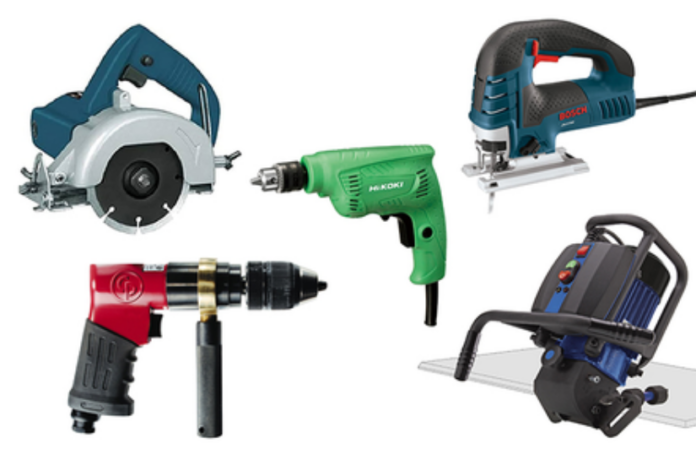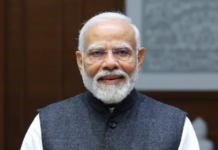New Delhi— India could significantly expand its presence in the global hand and power tools market, targeting $25 billion in exports over the next decade and generating an estimated 3.5 million jobs, according to a new report released Tuesday by NITI Aayog.
The report lays out a roadmap for capturing 10 percent of the global power tools market and 25 percent of the hand tools segment by 2035. To achieve this, India must foster innovation, strengthen its industrial ecosystem, and empower micro, small and medium enterprises (MSMEs), ultimately positioning itself as a high-quality, dependable global manufacturing hub.
NITI Aayog Vice Chairman Suman Bery launched the report, which projects the global trade in hand and power tools to nearly double—from around $100 billion today to approximately $190 billion by 2035. Hand tools, currently worth $34 billion globally, are expected to grow to $60 billion. Power tools, including accessories, are forecast to rise from $63 billion to $134 billion, with electrical tools driving much of the expansion.
India currently holds a modest share in this market, exporting $600 million in hand tools (1.8 percent of global share) and $470 million in power tools (0.7 percent). The report stresses that reaching the $25 billion export target will require targeted interventions across infrastructure, policy, and cost structures.
One of the key recommendations is the development of world-class industrial clusters spanning about 4,000 acres. Built under public-private partnership (PPP) models, these tool manufacturing zones would offer plug-and-play infrastructure, worker housing, robust connectivity, and facilities like convention centers to streamline operations.
The report also highlights the need to address structural cost disadvantages by reforming market conditions. This includes rationalizing Quality Control Order (QCO) mandates, reducing import duties on essential raw materials like steel and machinery, simplifying the Export Promotion Capital Goods (EPCG) scheme, and easing Authorized Economic Operator (AEO) requirements. Revising building regulations and labor laws would further enhance the sector’s competitiveness.
While no additional financial incentives would be needed if these reforms are implemented effectively, the report notes that in their absence, about Rs 8,000 crore (approximately $960 million) in transitional support would be required. This support, it argues, should be seen as an investment rather than a subsidy, with the potential to generate two to three times its value in tax revenue over the next five years. (Source: IANS)







